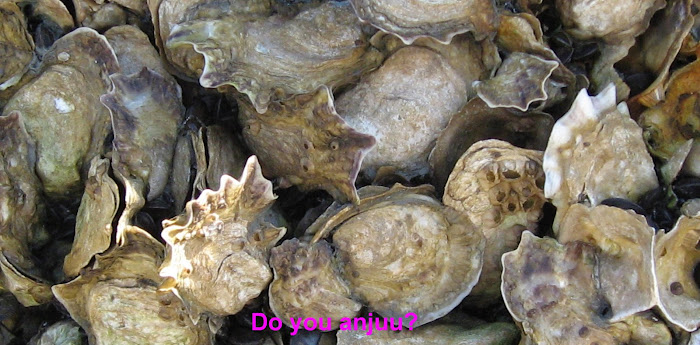

Since I'm sick, I haven't ventured too far from my bed. Just too tired. Lucky for you, I can bring my laptop to bed and type from here.
So, let me share with y'all a little more about Lima. Lima is a huge city. At a little over 8 million people, it is significantly larger than Philadelphia. We stayed in the Miraflores neighborhood of Lima. Miraflores is the premiere 'tourist' district. Many hotels, restaurants, bars and, with the plethora of policia, very safe. We were one block from the Pacific Ocean, but there is a catch. Lima's coastline is a cliff. Thus, we were 60 to 80 feet above sea level. If you wanted to get down to the water (where the surfers rode non-existent waves), you went to the boardwalk that paralleled the coastline, took the steps down and down and down, crossed the highway via pedestrian overpass, and walked across the rocks (san sand) to the water.
It is summer in Peru and the average day time temperature is in the low 80's. There might be clouds or fog, but no rain (never in Lima). Air conditioning is non-existent.
What was even more surprising was the sewer system. The city relies on the river, not the Pacific Ocean, for all of its water needs. Because of this, Lima has very little water pressure. Which brings us to Lesson #1: Do not flush the toilet paper. You learn quickly that toilet paper can wreck havoc on a sewer system that has little water pressure. Thus, you find small trash cans beside the toilets everywhere you go. This is so you can deposit your "used" toilet paper into the trash and not the toilets. Can I tell you how long it takes to get into the habit of tossing your TP into the trash?
Oh, and did I mention that many of the public toilets don't have toilet paper? Bringing us to Lesson #2: Carry toilet paper with you at all times. At first, I thought we were told to carry TP because we'd be running into lots of snotty, icky noses. Partly. Yes, I did use some of my personal TP supply to clean noses (ick!), but the majority was used to clean . . . . Well, 'nuff said.


No comments:
Post a Comment